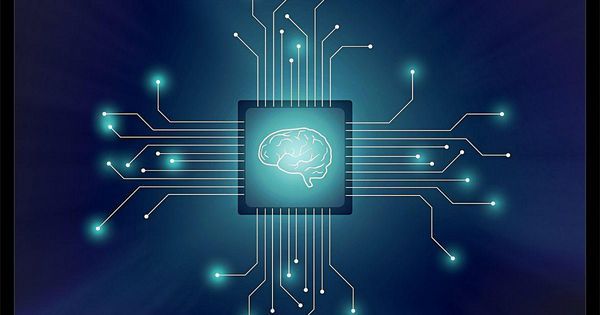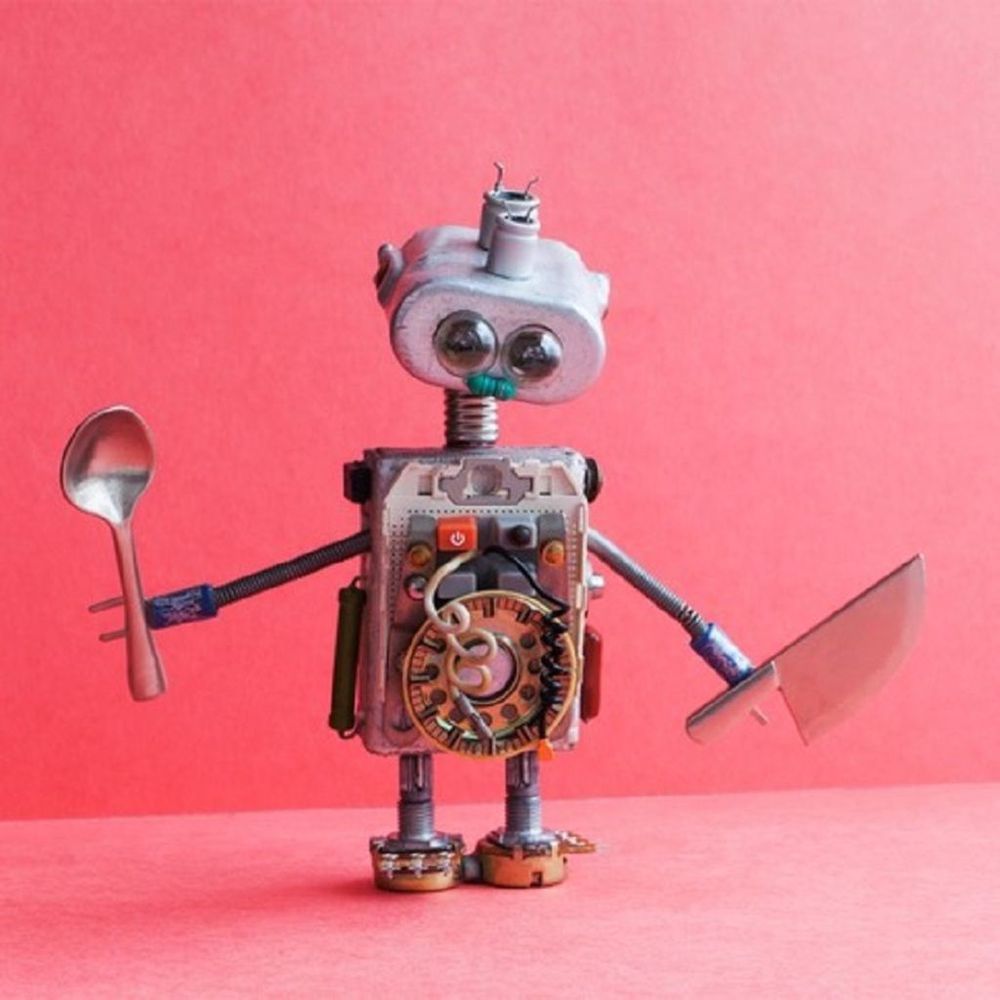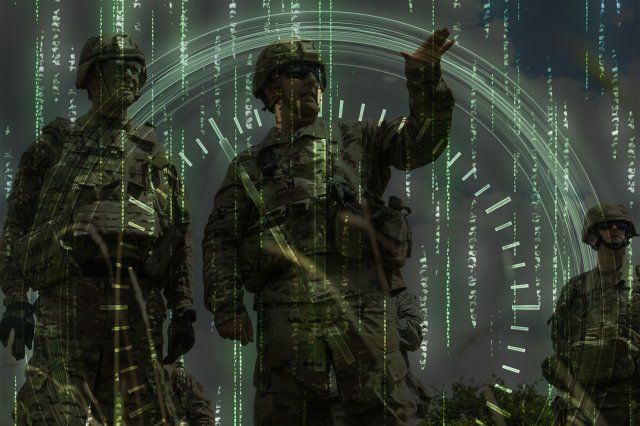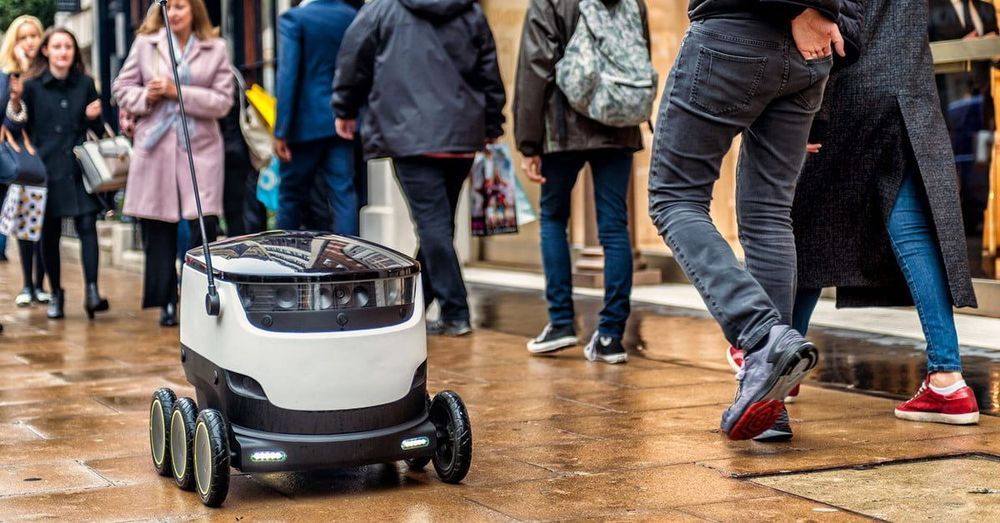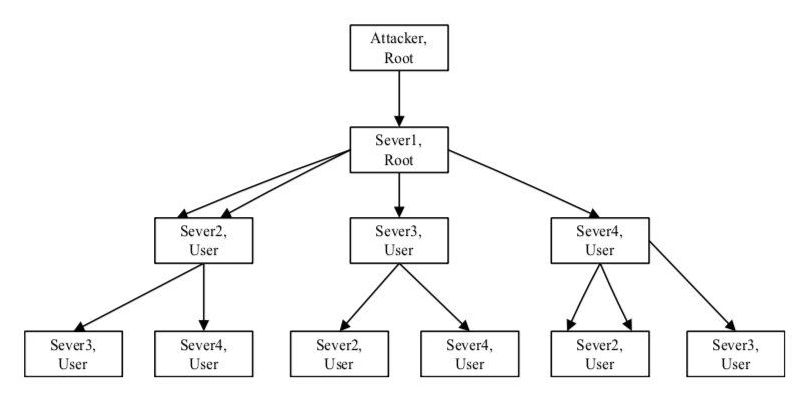By pieter spronck and jaap van den herik
While the audiovisual qualities of games have improved significantly over the last twenty years, game artificial intelligence (AI) has been largely neglected. Since the turn of the century game development companies have discovered that nowadays it is the quality of the game AI that sets apart good games from mediocre ones. The Institute of Knowledge and Agent Technology (IKAT) of the Universiteit Maastricht examines methods to enhance game AI with machine learning techniques. Several typical characteristics of games, such as their inherent randomness, require novel machine learning approaches to allow them to deal with game AI.
Most commercial computer games contain computer-controlled agents that oppose the human player. ‘Game AI’ encompasses the decision-making capabilities of these agents. For implementing game AI, especially for complex games, developers usually resort to rule-based techniques in the form of scripts. Scripts have the advantage that they are easy to understand and can be used to implement fairly complex behaviour.

